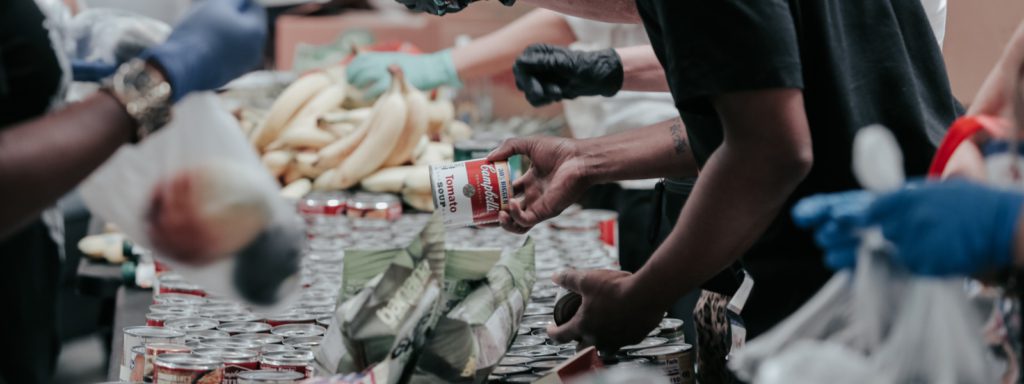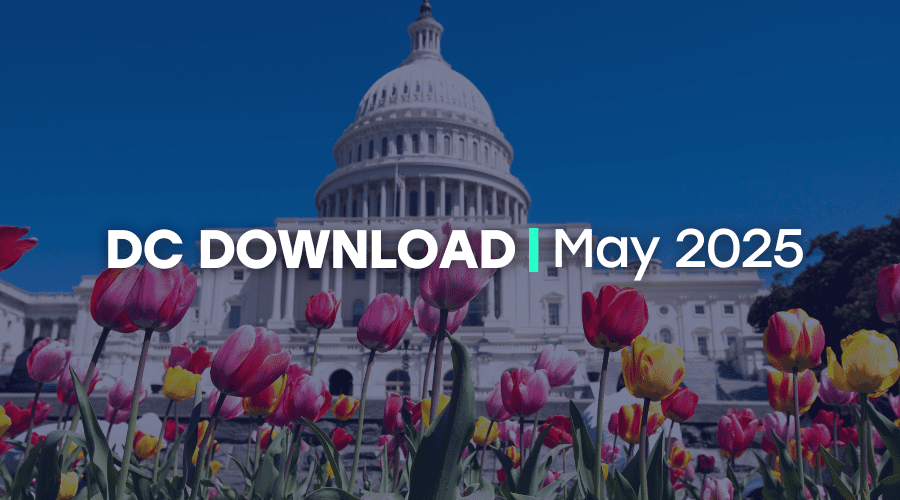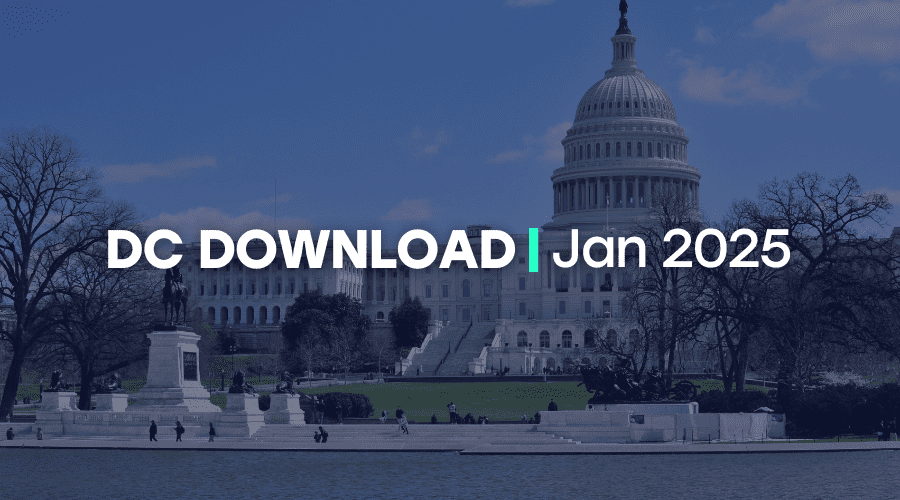As Independent Sector’s Visiting Scholar, I have the unique opportunity to bridge the practitioner and academic spheres of the nonprofit sector. Recently, I observed the need for reliable nonprofit data during an Independent Sector convening of practitioners on questions about equity and disparities across nonprofits in the U.S. and how we can collectively work to close those gaps. Unfortunately, so much national data on nonprofits is a one-time snapshot that cannot be disaggregated to understand the experiences of different types of organizations. Practitioners and academics are left working from anecdotes or nonrepresentative data, so we have no clue how the disparities we hear about may apply to the sector as a whole.
In my role as an academic, I have been one of the lead researchers for a project that gives us a clearer picture of the state of the nonprofit sector and that enables us to disaggregate data by geography, organization size, demographics of leadership, demographics of communities served, and many other variables. Independent Sector supported Lewis Faulk, a central member of the research team responsible for this report, as he dedicated time to this project during his tenure as Visiting Scholar last year.
The excitement around the release of the new Urban Institute report — Nonprofit Trends and Impacts 2021 — is not only because the report uses a nationally representative sample of nonprofit organizations, but also because it is part of a long-term partnership among several institutions to improve research on the nonprofit sector, share what is learned with the practice and research communities, and help policymakers and the public make informed decisions that affect nonprofits.
The first year of the survey was administered in early 2021, has provided a wealth of important data on its own, and became the basis for the Nonprofit Trends and Impacts 2021. The panel design of the study will provide even more value as the years unfold. The second year of the survey is scheduled to launch in early 2022 and will allow us to compare changes over time. By collecting annual data from a nationally representative sample of nonprofit organizations every year, we are entering a new era of understanding the nuance and variety of challenges, opportunities, and impacts across the sector with more reliable data. This is our chance to start dreaming of the nonprofit version of the Panel Study of Income Dynamics (PSID), the longest running longitudinal household survey in the world.
Although the longitudinal aspect alone can make those eager to make data-driven decisions excited, what’s covered in the first year in the Nonprofit Trends and Impacts 2021 report is also valuable. Gathered through analysis of over 2,000 nationally representative survey respondents, the Nonprofit Trends and Impacts 2021 report, and its complementary fact sheet, highlight findings on donation trends from 2015 through 2019, and 2020. It also examines diversity and representation within the nonprofit sector and details the first-year impacts of the COVID-19 pandemic on nonprofits.
As a lead researcher on the project, here are a few of the findings and questions that caught my attention in the report:
Pandemic and Pre-Pandemic Giving: The majority of white-led nonprofits (60%) enjoyed increases in giving, but a relatively smaller share of nonprofits led by people of color (52%) saw such increases, while a larger share of POC-led nonprofits (14%), as compared to white-led (9%), saw decreases in giving during 2015-2019 — the pre-pandemic period covered in this report. POC-led and white-led organizations, however, had similar levels of increases (47% and 46%) and decreases (38% and 37%) of giving during 2020. As everyone fared worse during 2020, ironically, the crisis seems to have led everyone to experience giving changes in a similar way by dragging down everyone. Could POC-led organizations have had even worse experience without the social movement amidst the racial reckoning of 2020? The question remains whether we will see a larger share of white-led organizations experiencing increases in giving than those led by POC in a few years, as we did before 2020. Or are we likely to continue to see no difference in terms of giving trends for white- and POC-led organizations as it was during 2020?
Gender and the Nonprofit Workforce: This report suggests that nonprofit work may still be “women’s work. The report shows that slightly less than half of board chairs and 62% of executive directors are female. And it has been widely known that the nonprofit sector is a female-dominated workforce. Why are there fewer men in junior level roles and more men in leadership? Are we not paying enough to make nonprofit jobs attractive for men? What draws women to the nonprofit sector (e.g., mission-driven jobs, flexible hours, benefits, etc.)? We need to consider the reasons behind male-domination at the top, while the majority of the actual workforce is comprised of women. The gender disparity in the nonprofit sector can push us to have discourse about not only gendered jobs in the nonprofit sector, but also the systematic issues in the labor market.
Racial Disparities on Nonprofit Boards: One would also raise a question when looking at the data that 16% of nonprofits with programs that primarily serve people of color have all-white boards. The nonprofit sector has progressed to have a more diverse workforce and leadership body, but the finding in the report shows we have work to do when we still see that one out of six nonprofits, primarily serving people of color, have all-white boards.
Nuances in Giving Trends: Lastly, greater disparity in giving trends could have been expected between organizations led by people of color (POC) and white-led organizations. It is worth noting that the disparity was more nuanced across subsectors, regions, and sizes as discussed in the report. It is also possible it is not just one factor that makes the giving trends differ from one organization to another, but rather, the combination of multiple factors. Of course, the additional analysis and longitudinal data that will be collected through this project will allow us to disentangle some of these issues.
I encourage you to read the report and the fact sheet and see what questions arise for you. We hope the information in this report is useful to you as you make data-driven decisions in your organization and for the sector.
If you enjoyed learning about the Urban Institute report on nonprofits, make sure to read Independent Sector’s Health of the U.S. Nonprofit Sector report, which was released on October 12.



